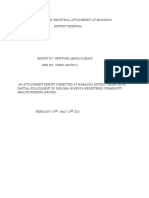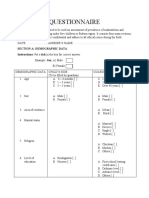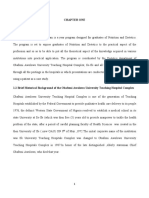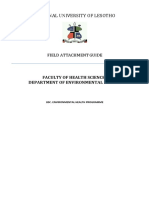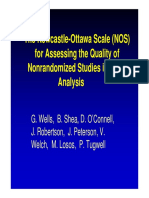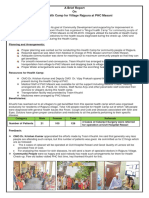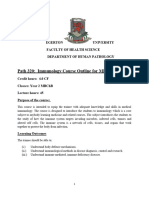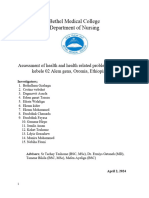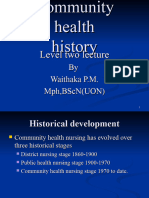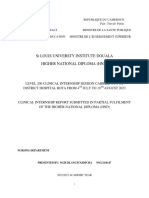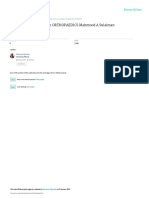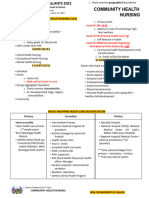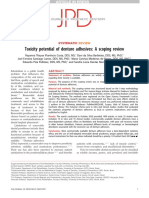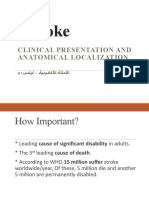0% found this document useful (0 votes)
97 views29 pagesLizz Report
The document reports on a clinical attachment at Machakos Level 5 Hospital from September to December 2023 by Elizabeth Mutua. The hospital provides various medical services through different departments including medical, pediatric, surgical, and maternal and child health clinics. During her attachment, Elizabeth helped provide nutrition services to patients attending clinics like maternal and child health, comprehensive care for HIV/AIDS, and special clinics.
Uploaded by
lizdorcus263Copyright
© © All Rights Reserved
We take content rights seriously. If you suspect this is your content, claim it here.
Available Formats
Download as DOCX, PDF, TXT or read online on Scribd
0% found this document useful (0 votes)
97 views29 pagesLizz Report
The document reports on a clinical attachment at Machakos Level 5 Hospital from September to December 2023 by Elizabeth Mutua. The hospital provides various medical services through different departments including medical, pediatric, surgical, and maternal and child health clinics. During her attachment, Elizabeth helped provide nutrition services to patients attending clinics like maternal and child health, comprehensive care for HIV/AIDS, and special clinics.
Uploaded by
lizdorcus263Copyright
© © All Rights Reserved
We take content rights seriously. If you suspect this is your content, claim it here.
Available Formats
Download as DOCX, PDF, TXT or read online on Scribd
/ 29





